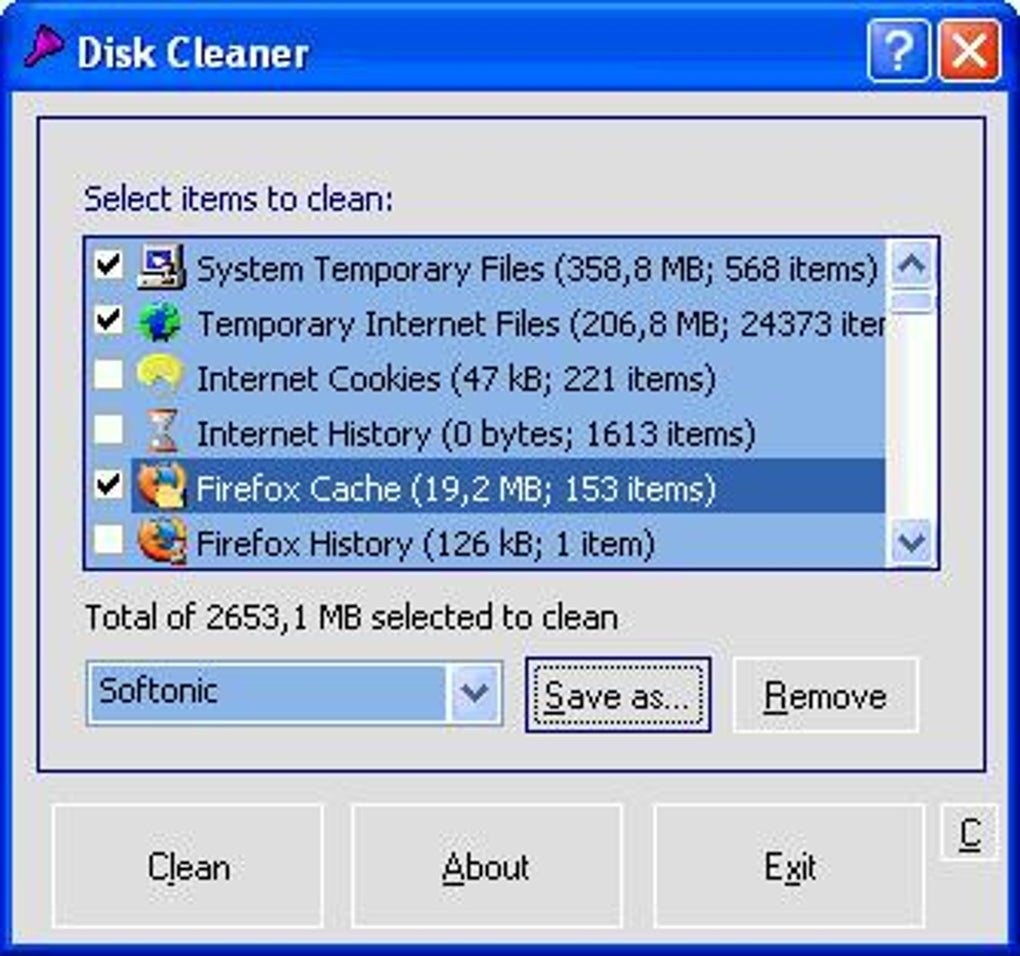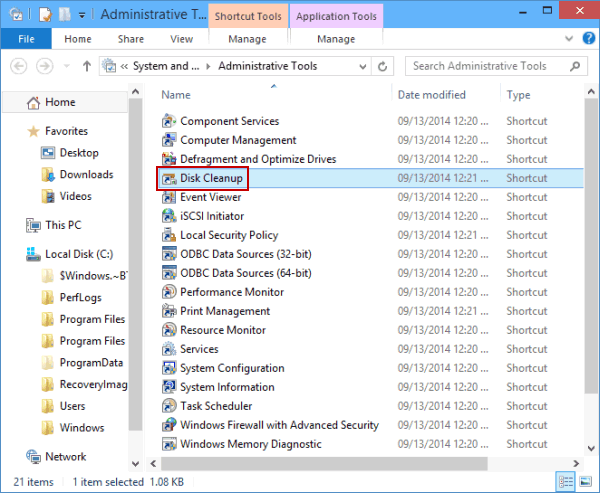

Be aware that the last option " Use GUID Partition Table for the target disk" is a paid feature that helps clone MBR system disk to GPT. Step 4: Accept the default copy options or make some changes. Step 3: In the next pop-up window, select the new connected SSD/HD as the target disk. Please select " Copy Disk" from the action panel.

Step 2: In the main interface of MiniTool Partition Wizard Free, you can see that the system disk is selected by default. Ensure it is successfully detected by Windows and can be formatted.

Step 1: Connect the larger SSD/HD that you want to use as the new system disk to your PC. First of all press the button below to get this free partition manager.
"Copy Disk" helps clone the whole system disk to another hard drive that offers larger capacity. "Migrate OS to SSD/HD" helps migrate Windows 10 to another hard drive like an SSD. To transfer Windows 10 as well as all data on the hard drive, MiniTool Partition Wizard Free is recommended here for its two useful features: In fact, the best way is to upgrade hard drive to a larger one. Although there are several solutions (Fix #2-9) that help computer cleanup, the allocated free space is limited to a great extent. But if it does little help, you are likely to find the most suitable solution here for Disk cleanup Windows 10. When your Windows 10 is running on low disk space, you can utilize the tool. Move Files to External Hard Driveīefore trying the nine ways to clean up disk space, you can try Disk Cleanup first. What Disk Cleanup is? What does Disk Cleanup do? It is a maintenance tool that scans your computer's hard drive for files that you don't need. Fix #6: Use OneDrive Files on Demand Feature. When you’ve chosen the items to delete, at the bottom of the Disk Cleanup window, choose “OK.If your Windows 10 is running on low disk space, you are likely to find the most suitable solution here for Disk cleanup Windows 10. You can delete them and Windows will recreate them when you open your folders. Thumbnails: These are the thumbnails of your various file types. It only removes the files that haven’t been used recently. Temporary Files: This option deletes your apps’ various temporary files. Recycle Bin: Choosing this option deletes the files currently sitting in Recycle Bin. Delivery Optimization Files: These files are used to upload Windows Updates to other PCs. Windows Error Reports and Feedback: These are various Windows error reports and feedback generated on your system. Note that this won’t delete your Chrome or Firefox cache. You can delete these files without any issues. Temporary Internet Files: These are the cache files for Microsoft Edge and Internet Explorer. Downloaded Program Files: These are temporary ActiveX and Java applet files that were downloaded to let you view your content. Here’s what each file type means in Disk Cleanup:







 0 kommentar(er)
0 kommentar(er)
